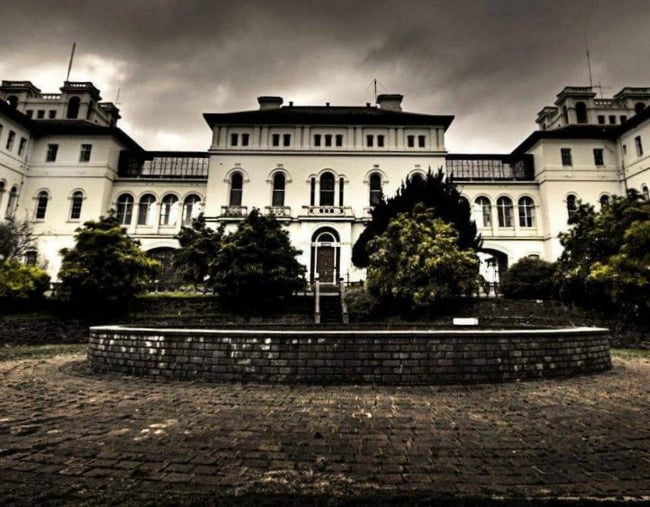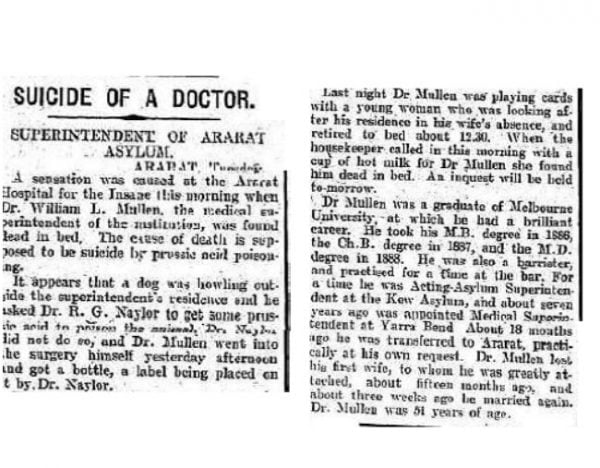
Now Australia’s largest abandoned mental institution, when Ararat Lunatic Asylum, or Aradale Mental Hospital as it later became known, was closed in 1997, it had seen 13,000 deaths in its 130 year history.
Opened in 1867, that averaged out to be 100 deaths a year. Patients, prisoners and staff included.
Located about 205 kilometres away from Melbourne, once upon a time Ararat was used to relieve the prison system of those thought to be the most criminally insane and irreparably evil, however, it also became a place for individuals suffering from mental illness, post-natal depression and conditions such as epilepsy, autism or Down Syndrome.
At any one time the old Victorian structure was home to roughly 1000 patients and 500 staff.
Today the building is used for ghost tours, where reports of visitors unexpectedly fainting, feelings of nausea and pains while walking through certain rooms, wards with ominous smells and “methodical banging sounds” like patients hitting their head against walls, are commonly noted.
Team Mamamia investigated Manly’s Quarantine Station – one of the most haunted spots in New South Wales. Here’s what happened…


Top Comments
I understand the point you’re trying to make about the types of treatments that happened here and the time they came from, but calling electroshock therapy (ECT) an archaic practise is simply not true and helps to perpetuate the stigma attached to it. It is still an effective psychiatric treatment used today, although with many much needed improvements, such as anaesthesia and whole body muscle relaxants. ECT’s history is far from pleasant, but today’s version offers hope to many people who otherwise have none.
Actually that's not what they said - they said there were archaic attitudes to mental health & that ECT at the time was underdeveloped & often dangerous... Which is all true!